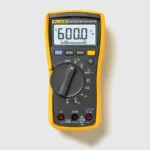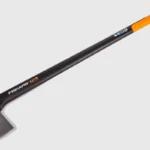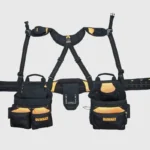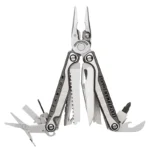Every DIY enthusiast or professional builder knows the importance of having a reliable set of hand tools. Whether you’re fixing a leak, building a deck, or assembling furniture, the right tools can make all the difference.
This guide will cover the essential hand tools that should be in anyone’s toolkit, providing both versatility and efficiency for various projects.
Measuring and Marking Tools
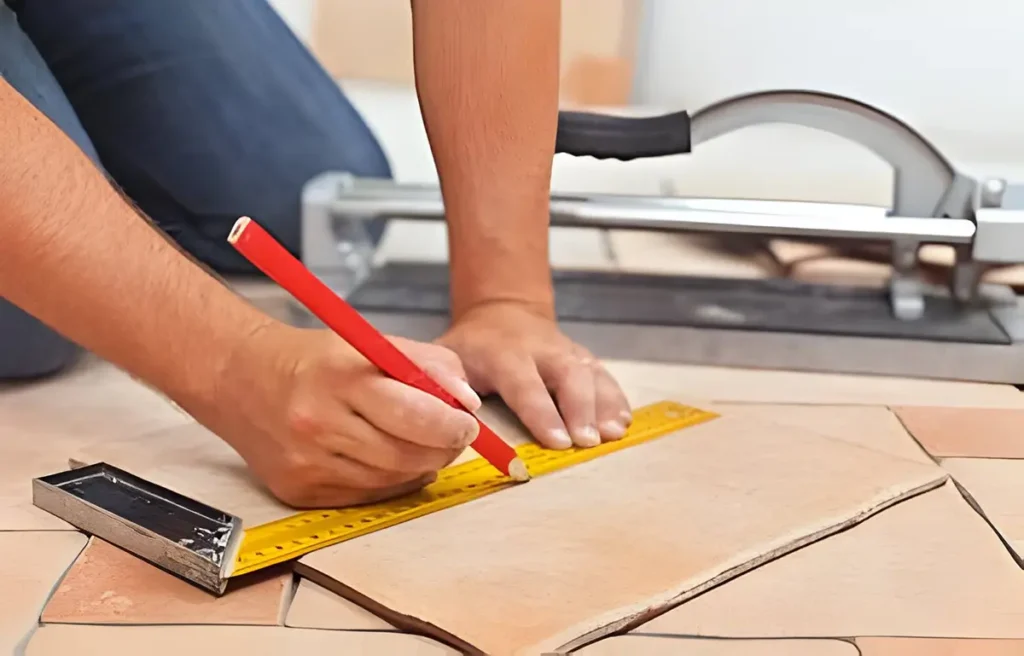
I. Tape Measure
A tape measure is arguably the most essential tool in any toolkit. Essential for precise measurements, a good tape measure can make the difference between a successful project and a problematic one. It’s advisable to choose a tape measure that is at least 25 feet long, with a wide, durable tape that easily locks in place. Features like a magnetic hook for steel surfaces and a standout of at least 7 feet can enhance usability in single-handed operations.
II. Carpenter’s Pencil
The carpenter’s pencil is robust, easy to grip, and won’t roll away when you put it down on a surface. Its flat, elliptical shape allows for thicker, stronger lead that resists breaking under stress. This makes it perfect for marking rough surfaces like concrete or lumber. Unlike regular pencils, a carpenter’s pencil needs a specific sharpener or a utility knife to hone the lead to a useful marking edge.
III. Chalk Line
A chalk line is an invaluable tool for marking long, straight lines over large distances. This tool consists of a case filled with powdered chalk and a string line. When the string is pulled tight and snapped against a surface, it leaves a straight chalk line that is ideal for laying out foundations, tiling, or any project where straight lines are necessary.
Cutting Tools
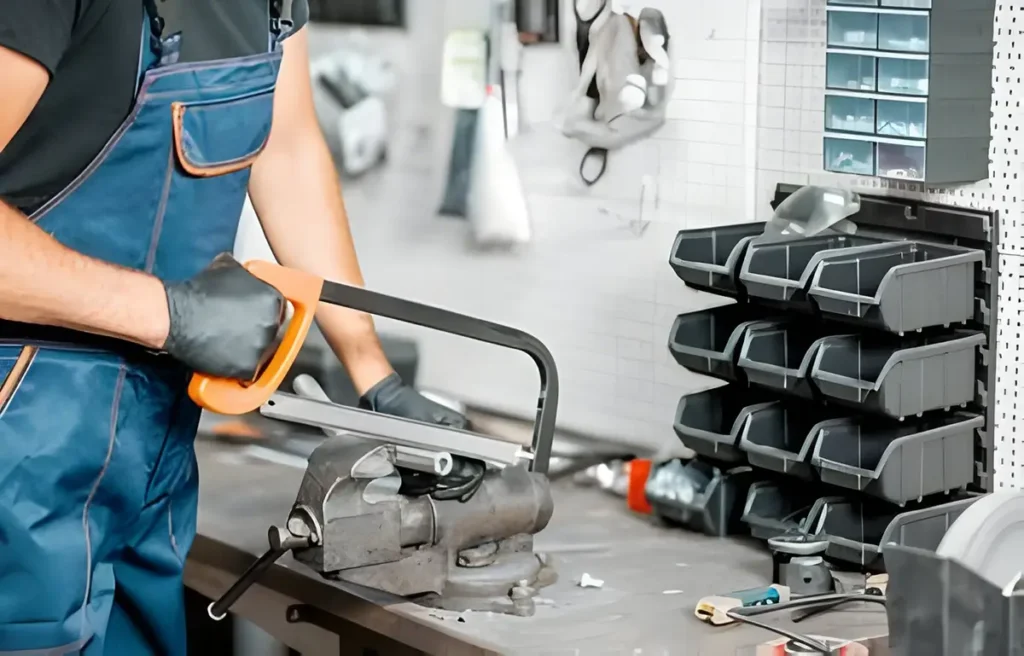
I. Utility Knife
A utility knife features a retractable blade and allows for quick, precise cuts through materials like cardboard, drywall, vinyl, and even carpet. Opt for a model with a comfortable, non-slip grip and built-in blade storage for convenience. The blades should be easy to replace, ensuring that you always have a sharp edge when needed.
II. Hacksaw
Designed to cut through metal, plastic pipes, and even tough composite materials, the hacksaw is a must-have in any tool collection. It typically features a fine-toothed blade tensioned in a C-frame that allows for cutting flush against surfaces. Replaceable blades make it a long-lasting tool for various applications.
III. Hand Saw
For woodcutting tasks that require precision, nothing beats the classic hand saw. There are several types, including rip saws, which cut along the grain, and crosscut saws, which cut across the grain. A good hand saw should have a sturdy handle and a sharp, durable blade that can make clean cuts with minimal effort.
Gripping and Twisting Tools
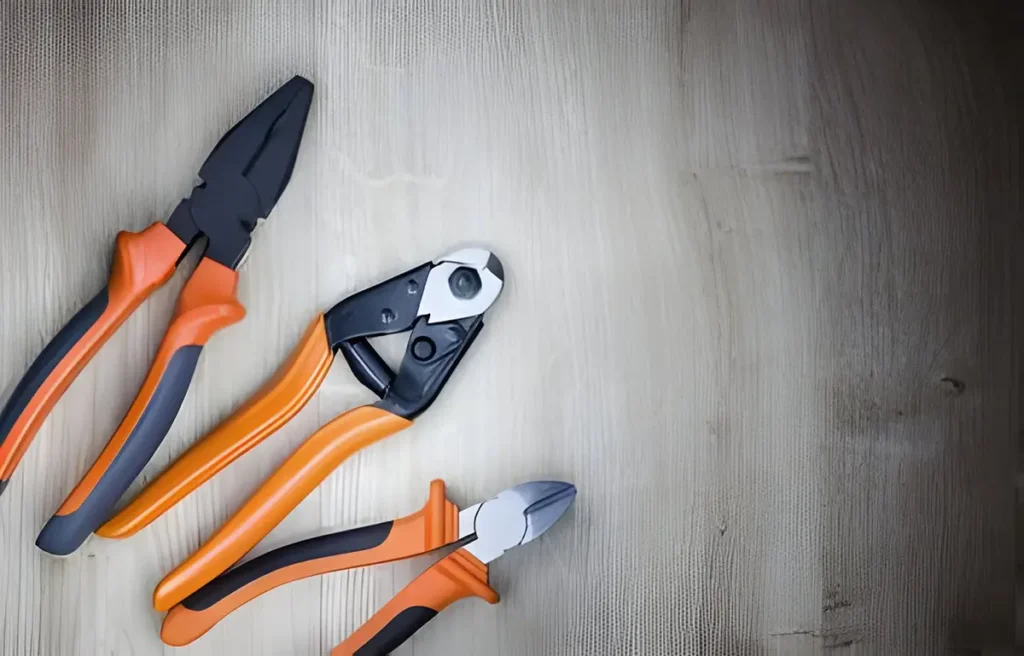
I. Pliers
Pliers are indispensable for gripping, twisting, and cutting. The most common types found in a standard toolkit include needle-nose pliers, which are great for precision work; diagonal pliers, which are used for cutting wires; and slip-joint pliers, which have adjustable jaws for a variety of sizes. Look for pliers with ergonomic handles to reduce hand fatigue during extended use.
II. Screwdrivers
No toolkit is complete without a set of screwdrivers. A basic collection should include flathead and Phillips head screwdrivers in various sizes. For more specialized tasks, consider adding Torx or hex screwdrivers to your collection. Quality screwdrivers have comfortable handles and durable, heat-treated tips to withstand repeated use.
III. Wrenches
Wrenches are essential for any mechanical or assembly work involving nuts and bolts. Adjustable wrenches are particularly versatile as they can be used on a variety of nut sizes. Combination wrenches, which have an open end and a closed end, and socket wrenches, which allow for work in tight spaces with a ratchet mechanism, are also invaluable. Opt for wrenches made from chromium-vanadium steel for exceptional strength and durability.
Striking Tools
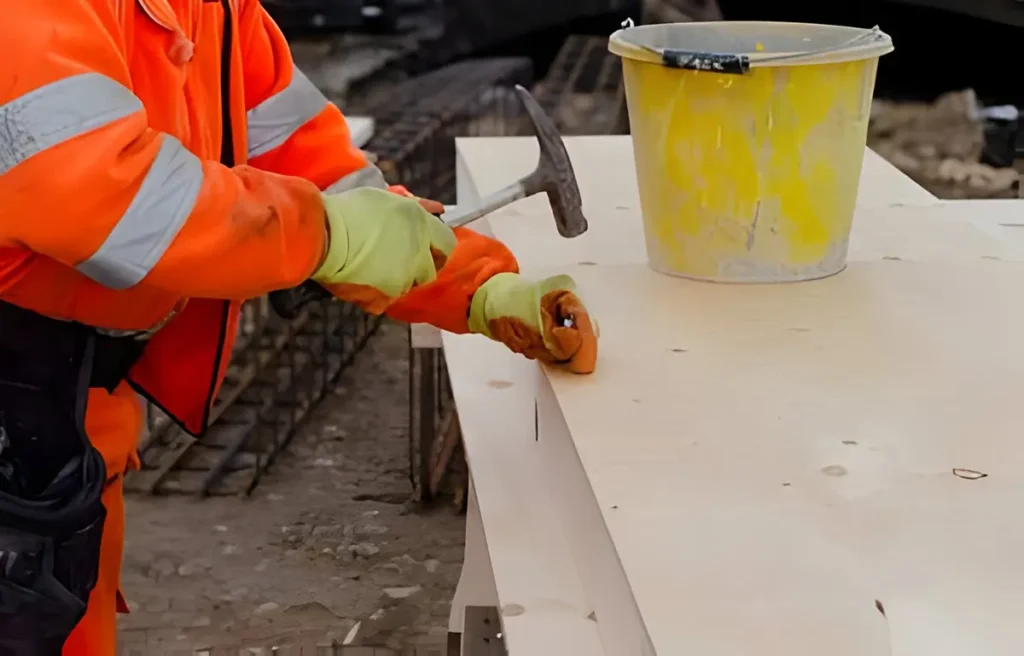
I. Hammer
The hammer remains a fundamental tool in any toolkit, applicable to a myriad of tasks from simple nail driving to breaking apart materials in demolition tasks. A well-balanced claw hammer with a comfortable grip and a sturdy head is crucial. Typically, a 16-ounce hammer is versatile enough for various home projects, providing enough weight for efficient driving power without causing undue fatigue. The claw end is perfect for pulling nails or prying boards, making it doubly useful.
II. Rubber Mallet
Unlike a standard hammer, a rubber mallet delivers a softer impact, making it ideal for jobs where you need to avoid damaging the material. This tool is particularly useful when working with tile, wood, or other delicate surfaces where a metal hammer could leave marks. The rubber head helps absorb shock, reducing the risk of material breakage and user fatigue.
Fastening Tools
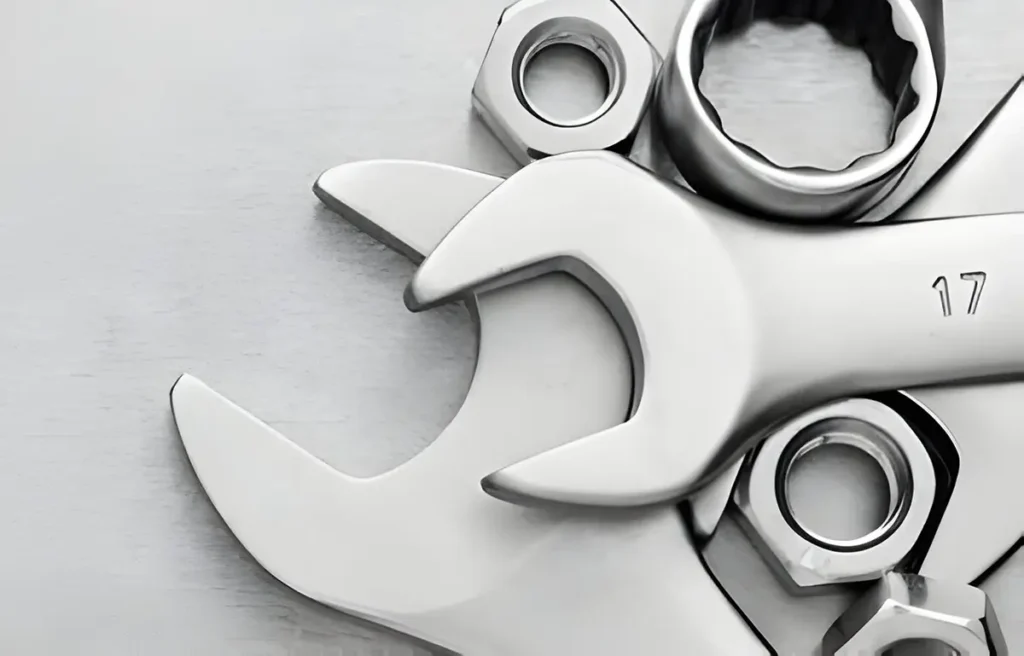
I. Allen Wrench Set
Also known as hex keys, Allen wrenches are indispensable for assembling flat-pack furniture, bicycles, and many types of equipment. These L-shaped tools fit into hexagonal socket heads, making them essential for tight spaces where typical screwdrivers won’t fit. Opt for a set that includes a range of sizes both in metric and imperial measurements to ensure you’re prepared for any task.
II. Staple Gun
A staple gun is a powerful tool used for fastening materials such as fabric, wood panels, and light metal pieces. It’s particularly useful in upholstery, temporary wood fastening, and even light construction tasks. Manual, electric, and pneumatic models are available, with the choice depending on the frequency of use and the material to be stapled. Always ensure safety by checking that the staple gun is unloaded when not in use and keeping it out of reach of children.
Leveling and Angling Tools
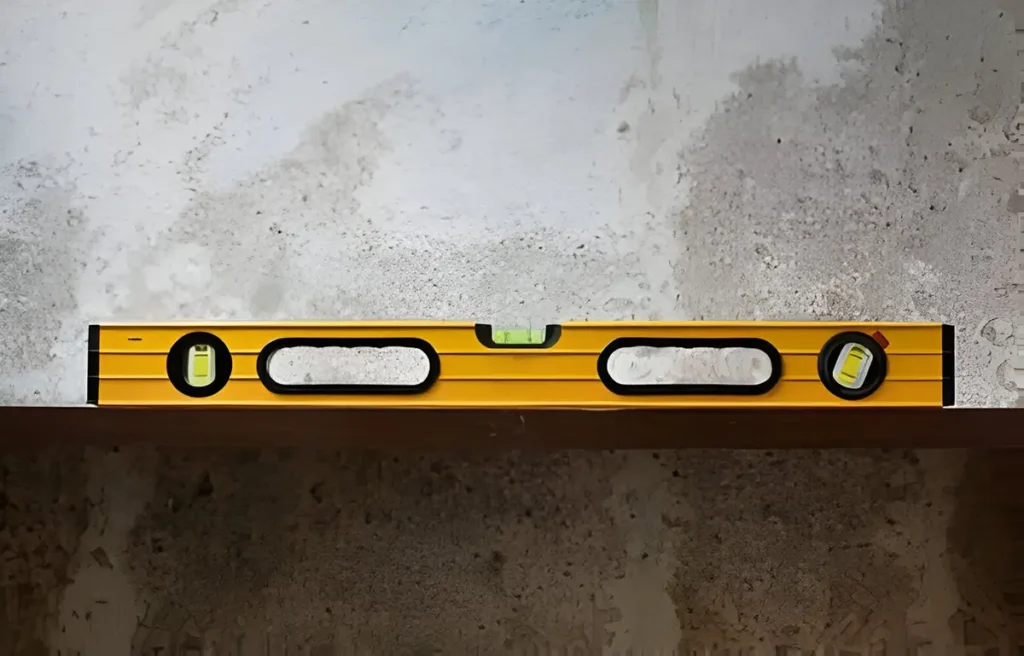
I. Spirit Level
For ensuring your projects are perfectly horizontal or vertical, a spirit level is essential. These tools use a liquid-filled vial with an air bubble to indicate alignment at various angles. Levels come in various lengths, but a 24-inch level is a good all-rounder for most home projects, from hanging pictures to laying tiles. For larger projects, longer levels provide greater accuracy.
II. Square
A square is critical for precision in carpentry, allowing you to verify 90-degree angles and mark cut lines accurately. There are several types of squares including framing squares, try squares, and speed squares, each suited to different tasks. A combination square, which includes a ruler and interchangeable heads for various angles, offers versatility and ease of use in a compact form.
Miscellaneous Tools
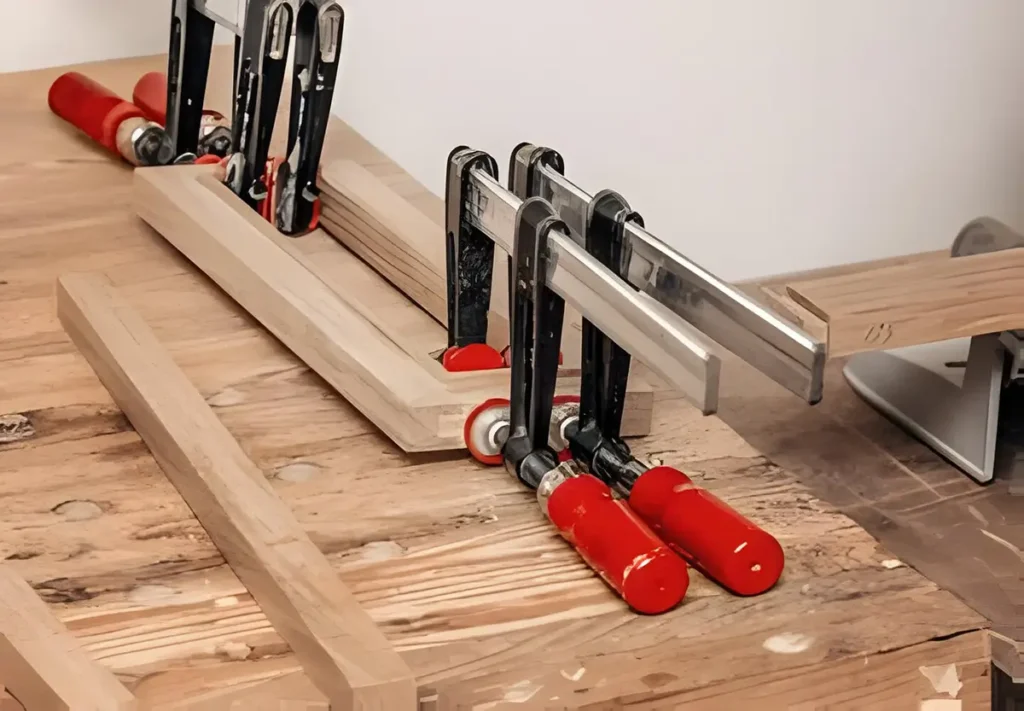
I. Files
Files are used for smoothing and shaping materials, with different profiles and coarseness levels tailored to specific tasks. A set including round, half-round, and flat files will cover most needs. These are particularly useful in metalwork, carpentry, and plastic work where rough edges need to be smoothed out for finishing touches or to fit parts together seamlessly.
II. Clamps
From securing workpieces during cutting or gluing to holding components in place while assembling, clamps are incredibly versatile. Types of clamps include C-clamps for heavy-duty metalwork, bar clamps for carpentry, and spring clamps for light, quick clamping jobs. Investing in a variety of sizes and types can significantly enhance the precision and safety of your work.
Safety Equipment

No toolkit is complete without considering safety. Essential items include safety goggles to protect eyes from flying particles, gloves to shield hands from sharp objects or chemicals, and ear protection in environments with high noise levels. Regularly check these items for wear and tear and replace them as necessary to maintain their protective functions.
Equipping yourself with these essential hand tools will prepare you for a wide array of home improvement tasks and professional projects. Each tool serves a specific purpose that can greatly enhance the quality and ease of your work. By investing in high-quality tools and maintaining them properly, you ensure a reliable, ready toolkit for any job. Remember, the best toolkit is one that fits your specific needs, so consider the types of projects you undertake most often when selecting your tools.

Matthew Dowell
Matthew, a seasoned builder from a family of craftsmen, leads Tools Trove. His passion for tools and decades of hands-on experience fuel his commitment to providing expert reviews and insightful content. Whether you’re a pro or a DIY enthusiast, Matthew’s guidance ensures informed decisions in the world of tools.

